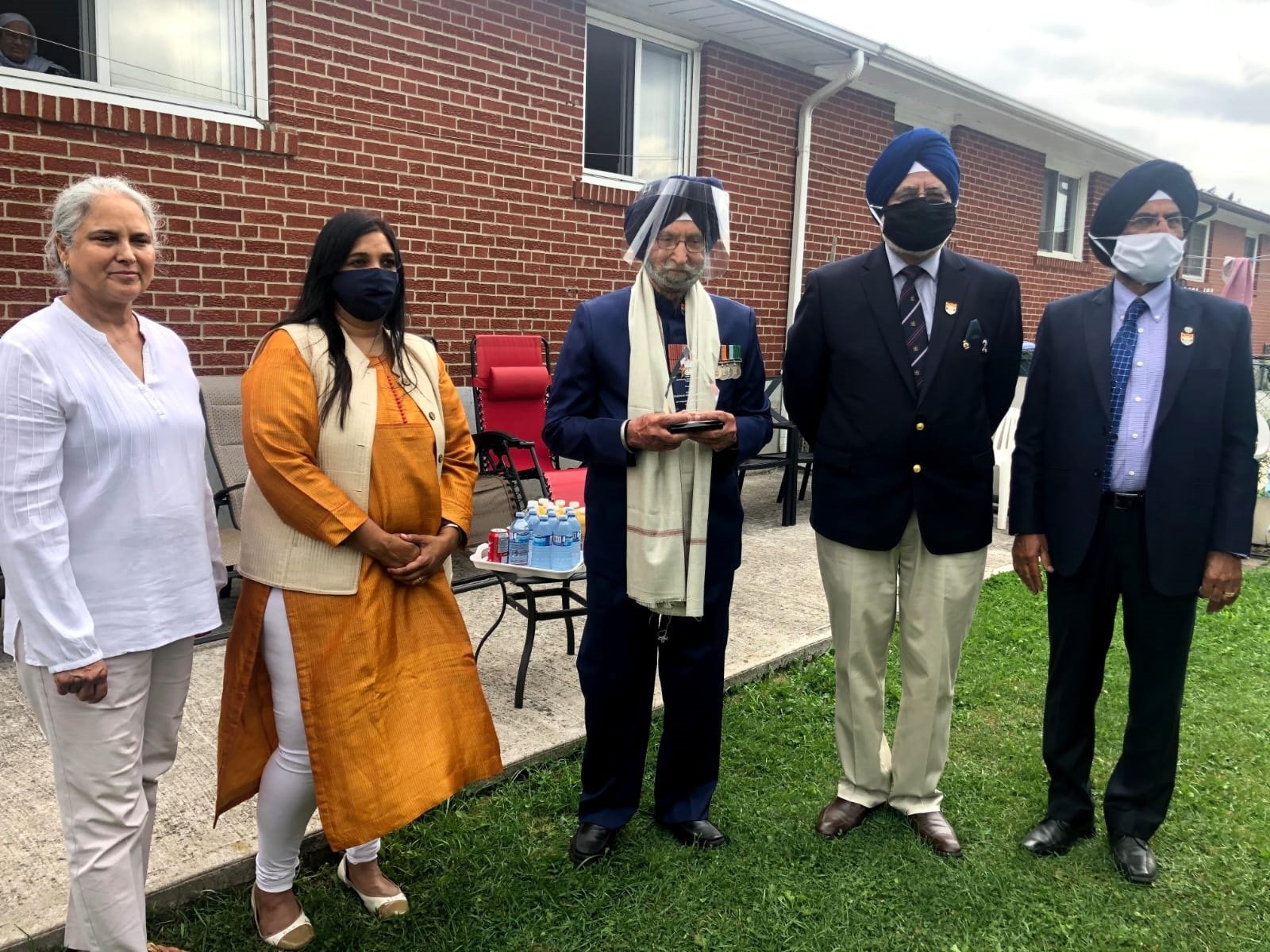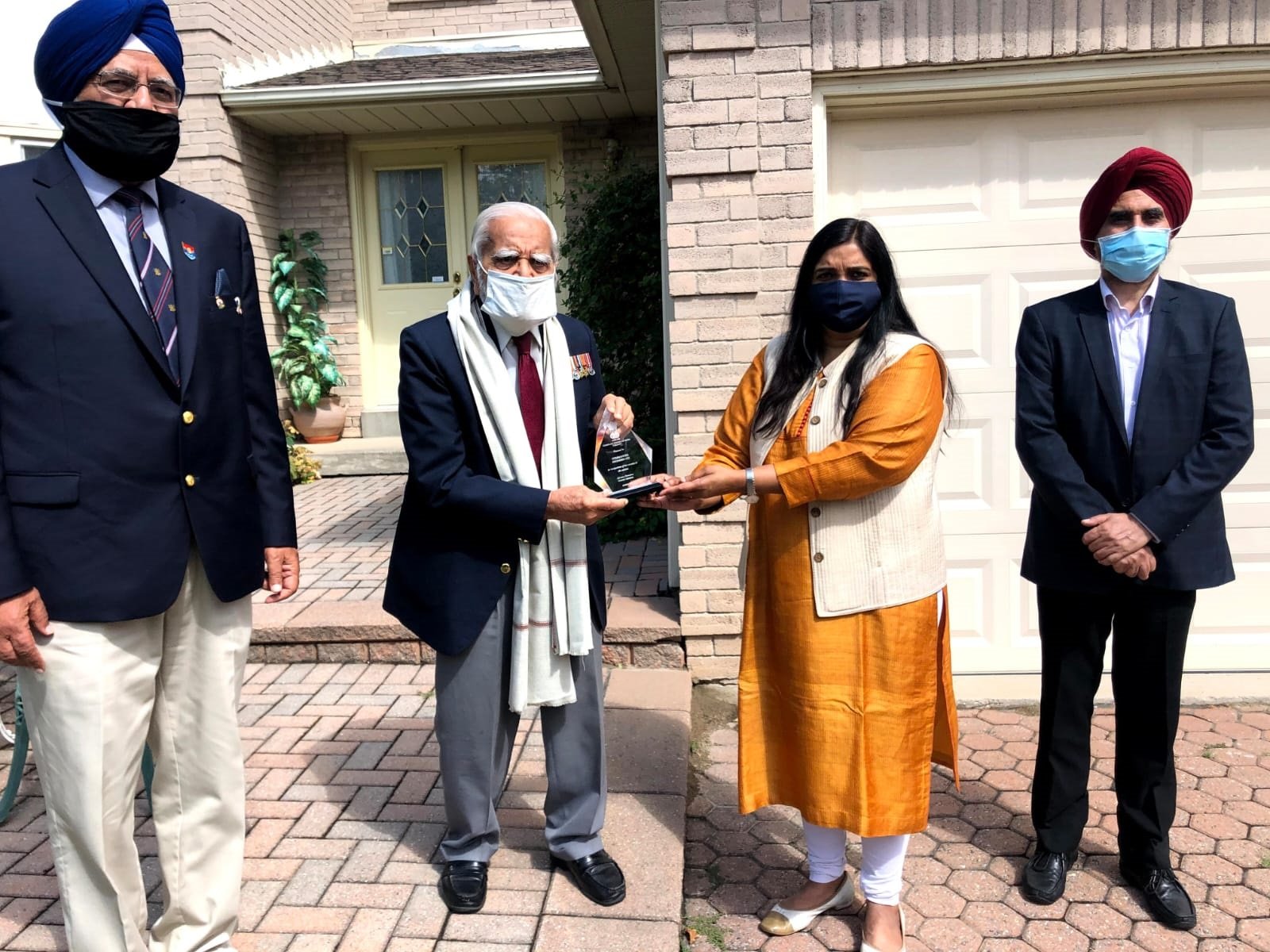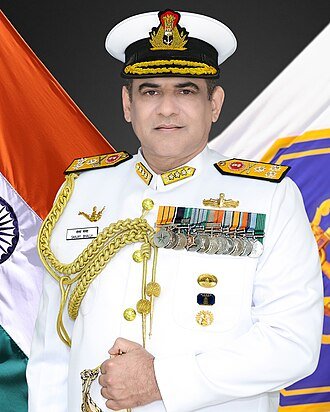
The People’s Liberation Army (PLA) violated the Line of Actual Control several times in the past two months, and in several places across the states of Arunachal Pradesh, Sikkim and Uttarakhand, according to intelligence reports, and security and intelligence officials who asked not to be identified.
The Chinese transgression was not restricted to Eastern Ladakh alone, the officials and reports reveal — with, in one case, the PLA transgressing up to 40km inside Indian territory before withdrawing.
Accounts by the officers also belie Chinese claims of India transgressing the LAC between the two countries. They also point to the larger Chinese strategy: the officials contend that the increased activity along the unsettled, approximately 3,500-km-long border is aimed at keeping the Indian Army on its toes at multiple places and injecting an element of surprise in the ongoing tension, even though Eastern Ladakh remains the main standoff theatre.
India and China have been involved in a prolonged, four-month-long standoff since April in which both sides have suffered casualties. At least 20 Indian Army soldiers, including a commanding officer, were killed, and 80 injured, in Galwan in Eastern Ladakh on June 15.
Also read: The breakdown with China | HT Editorial
According to one intelligence official, who cannot be named as he is not authorised to speak to the media, the PLA entered Arunachal Pradesh twice in July. According to him, Chinese soldiers transgressed at least 26km inside Indian territory in district Anjaw and “camped for three to four days”, in the first half of that month, before exiting.
In the second instance, also in Anjaw, the PLA transgressed through Arunachal’s Hadigra Pass and came in 40km, and retreated only after leaving telltale marks.
In early August, there was a face-off in eastern Sikkim’s Jelep La area in which the PLA occupied higher ground and rolled stones onto Indian Army troops. The tension eased after senior officers intervened, but in a joint meeting between the two sides, both stayed adamant on their claim over the Jelep La area. A security official said: “The development was worrying because this was the first such instance in an area which has largely remained undisputed.”
Again, in mid-August, the PLA’s presence was noted in Uttarakhand’s Tanjun La Pass “for the first time this year”.
A senior army official who asked not to be named said: “The PLA is trying to dominate important heights to gain tactical and strategic advantage. It is also trying to use the disengagement process to upgrade its infrastructure.”
The Indian Army did not officially comment on the multiple transgressions.
The army is engaged in ground-level talks at the Brigade and Division level.
At the political level, defence minister Rajnath Singh held talks with his Chinese counterpart General Wei Fenghe in Moscow last week. China reached out for a meeting with Singh on the sidelines of the Shanghai Cooperation Organisation (SCO) meetings after India gained an advantage by occupying heights in the Pangong Tso area in eastern Ladakh.
In the meeting last Friday, Wei blamed India and said China was not willing to lose a single inch of its territory. Singh told his Chinese counterpart that Beijing was in violation of border agreements while New Delhi was being responsible, and that there should be no doubt about India’s determination to protect its sovereignty and territorial integrity.
The foreign ministers of the two countries are scheduled to meet later this week.
A statement issued by India after Singh and Wei’s meeting held China responsible for the prolonged conflict along the LAC. The statement said: “The actions of the Chinese troops, including amassing a large number of troops, their aggressive behaviour and attempts to unilaterally alter the status quo were in violation of the bilateral agreements, and not in keeping with the understandings reached between the Special Representatives of two sides.”
On Monday, the Indian Army said in a statement that PLA troops attempted to “close in with one of our forward positions along the LAC and when dissuaded by our own troops, fired a few rounds in the air” to intimidate “our troops”. The statement added that the Indian troops exercised “great restraint”.
HT learns that the latest incident happened at the Rezang La-Rechin La ridgeline.
Tensions between the two neighbours are far from over. India has now sought information of five missing civilians from Arunachal who might be in Chinese custody.
According to an army official, “We continue to be on heightened alert.”









































































